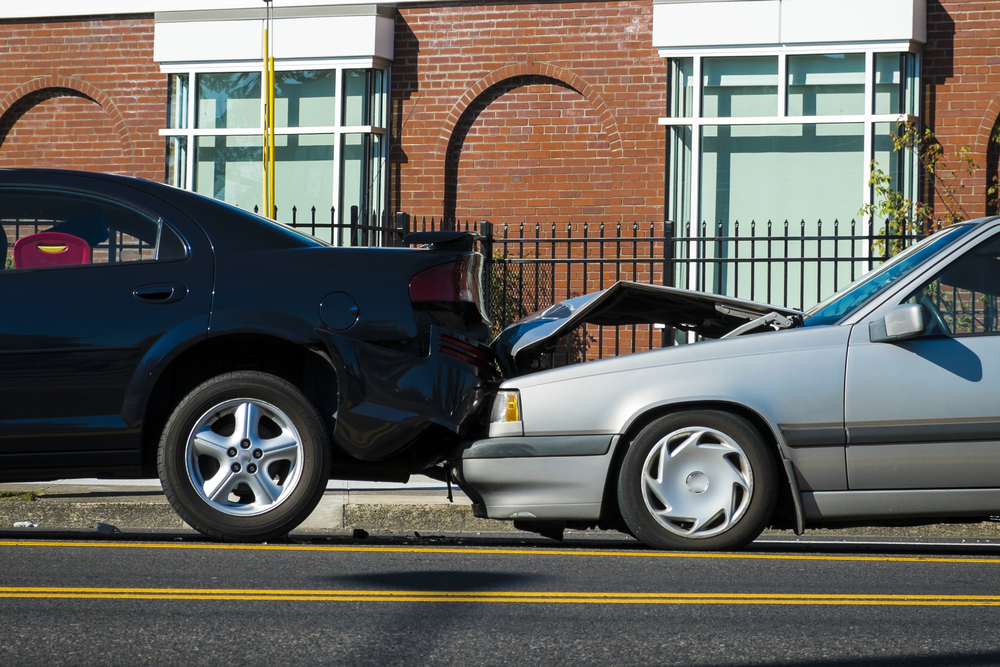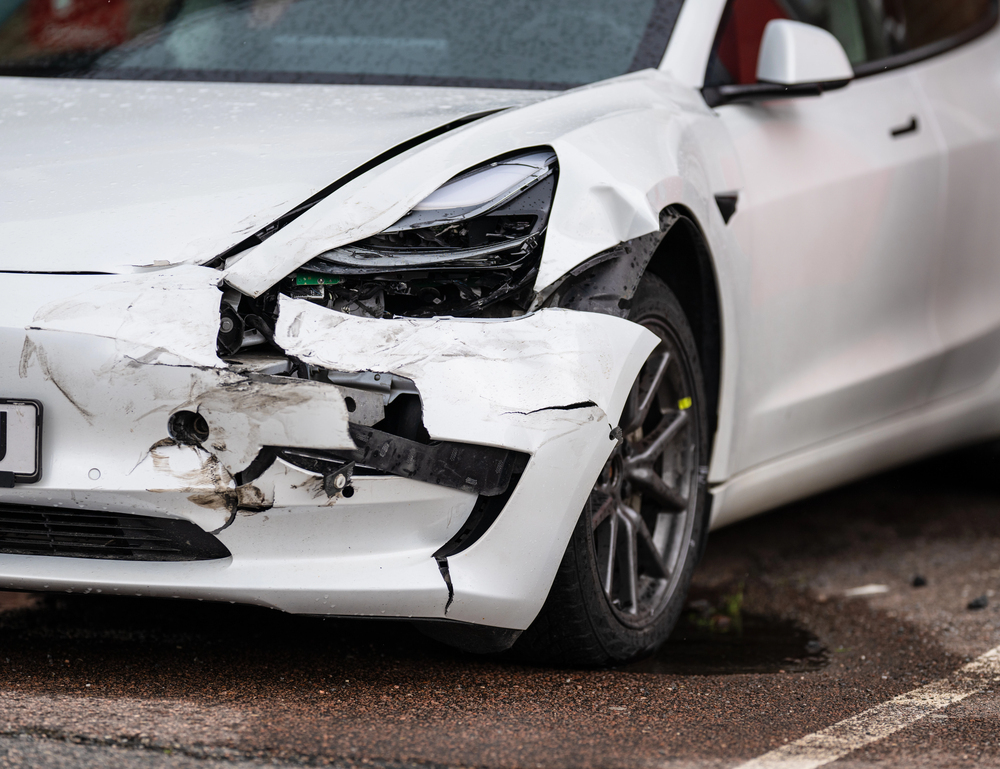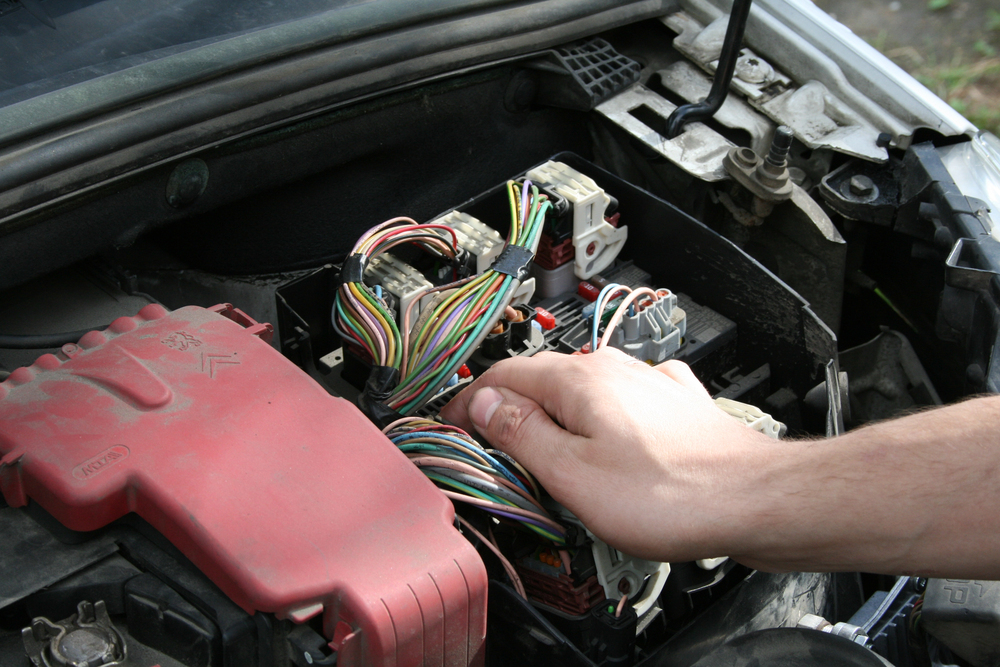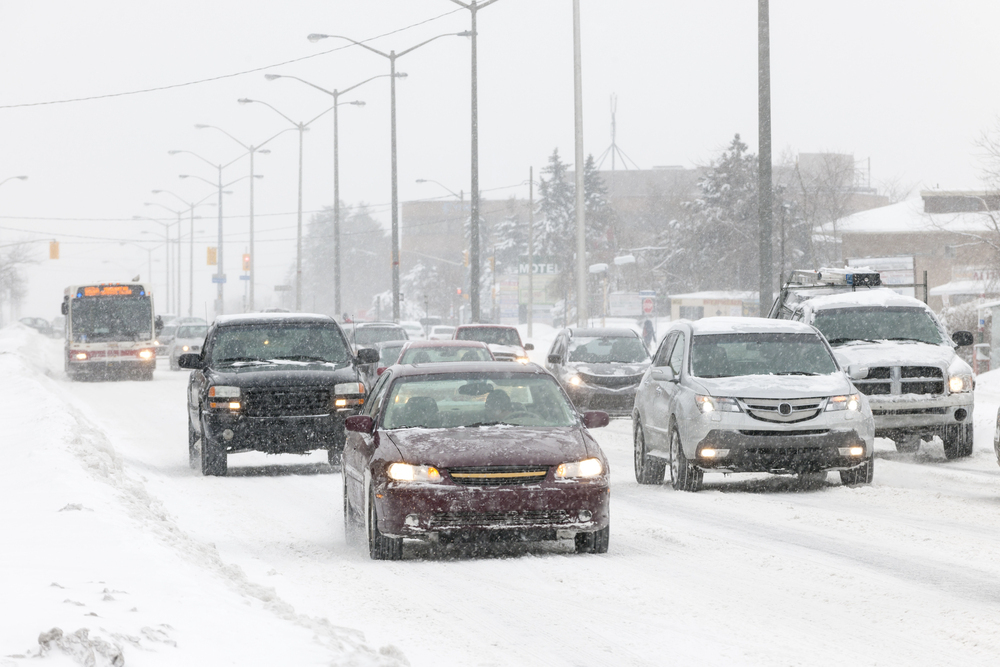Driving on the roads of Burlington County, New Jersey is a unique experience. You shift from quiet rural roads, busy highways, and congested intersections within minutes. Other hazards, like seasonal weather, can also add hazards that increase the likelihood of an auto collision. Let’s discuss the factors that contribute to accidents so you can stay alert and make smarter decisions behind the wheel.
Here are some key factors that could elevate your chances of a collision and how to mitigate those risks.
Distracted Driving
One of the most common causes of collisions across New Jersey, including Burlington County, is distracted driving. Whether it’s texting, talking on the phone, eating, or adjusting the radio, anything that takes your attention away from the road increases your chance of an accident.
Yes, it’s a crazy suggestion, but you should put down your phone while you’re driving. Too many others are doing it, meaning that too many eyes are off the very thing you should be watching—the road. If necessary, use hands-free options or pull over to a safe location.
Weather Conditions
Burlington County’s weather can be unpredictable, especially in the winter months. Snow, rain, and ice can reduce traction and visibility, making it harder to maintain control of your vehicle. Additionally, wet leaves on the road in the fall can create slippery conditions, while heavy winds can affect steering.
It’s important to slow down during inclement weather. No matter how good of a driver you are or if you have the latest driving technology, the danger could come from someone else going too fast and losing control. Slowing down will help you increase your stopping distance and also react better to situations around you.
Speeding
Speeding is a major factor in many auto collisions. Even if you’re driving on rural roads that seem empty, going above the speed limit reduces your reaction time and increases the severity of an impact if a collision occurs. Obey the speed limits, especially in areas where the roads are narrow, winding, or poorly lit, as is common in many parts of Burlington County.
Road Design and Conditions
Living and driving in Burlington County, NJ, you know that the roadways can be confusing, congested, and potholes. While highways like Route 130 and the New Jersey Turnpike are designed for higher speeds, rural roads may not have adequate lighting or signage, making them more dangerous, especially at night. Potholes and poorly maintained roads can also increase the risk of losing control of your vehicle.
Adjust your driving according to the road conditions. Pay attention to road signs. Most importantly, be cautious on less-maintained, rural roads, particularly at night.
Traffic Congestion
Traffic congestion is an increasing problem in Burlington County, particularly during rush hour or near shopping centers and schools. Congested roads mean more cars in close proximity, which increases the likelihood of fender benders, side collisions, and rear-end accidents.
Be extra alert during rush hour and in high-traffic areas like shopping malls and school zones. Leave enough space between your car and the vehicle in front of you to avoid rear-end collisions.
Fatigued Driving
Fatigue is often an overlooked cause of collisions, but tired drivers can have slower reaction times, reduced focus, and impaired decision-making abilities. Whether you’re commuting home after a long day or driving late at night, fatigue can be just as dangerous as driving under the influence.
If you feel tired, pull over to rest or have a cup of coffee. It’s better to take a break than risk falling asleep at the wheel.
Wildlife and Rural Roads
In Burlington County, wildlife, especially deer, can present a significant hazard on rural roads, particularly during dawn and dusk. Colliding with a deer or swerving to avoid one can result in serious damage to your vehicle or a dangerous loss of control. Slow down when driving through wooded areas and use your high beams when appropriate to spot animals earlier.
Running Traffic Lights and Stop Signs
Running a red light or stop sign is a dangerous practice that can lead to severe collisions, especially at busy intersections. In Burlington County, where intersections can often have limited visibility, ignoring traffic signals dramatically increases your chances of an accident.
Patience is key when driving. Anything else is dangerous. Always come to a complete stop at stop signs and yellow lights. Take the extra time to look for any oncoming traffic, even if you think the intersection is clear.
Aggressive Driving
Tailgating, cutting off other drivers, and weaving through traffic are all forms of aggressive driving that increase the likelihood of an accident. Many drivers in New Jersey tend to rush, but aggressive driving often leads to poor decision-making and dangerous situations.
Stay calm and avoid confrontation on the road. Give yourself plenty of time to get to your destination, and don’t engage with aggressive drivers.
Vehicle Maintenance Issues
Poor vehicle maintenance, such as worn-out brakes, low tire pressure, or faulty lights, can contribute to accidents. For example, having bald tires in bad weather can significantly reduce traction, increasing your chance of losing control. Ensure your vehicle is well-maintained by regularly checking tires, brakes, lights, and fluid levels. Routine inspections will help keep your car in safe operating condition.
Inexperienced Drivers
New drivers often lack the experience needed to handle complex driving conditions or emergencies. Inexperience can lead to poor judgment, overcorrecting, or underestimating the risks on the road, increasing the likelihood of a collision. For new or teen drivers, consider taking a defensive driving course to improve skills and boost confidence behind the wheel. Supervised practice driving in a variety of weather conditions can also help build experience.
Contact a Collision Repair Center in Burlington County, NJ Today!
No matter how cautious you are, accidents can still happen. If you find yourself in a collision in Burlington County, Elmer’s Auto Body is here to help. Our expert team specializes in collision repair, restoring your vehicle to its pre-accident condition. From addressing exterior damages to hidden interior issues, we ensure every repair is done with precision and care.
Whether you’ve been in a minor fender bender or a more serious collision, Elmer’s Auto Body provides high-quality, reliable service to get you back on the road safely. Contact us today for a repair estimate or to schedule an appointment at one of our South Jersey locations.






